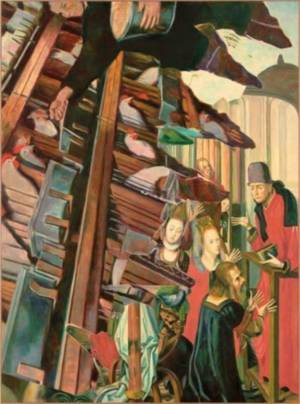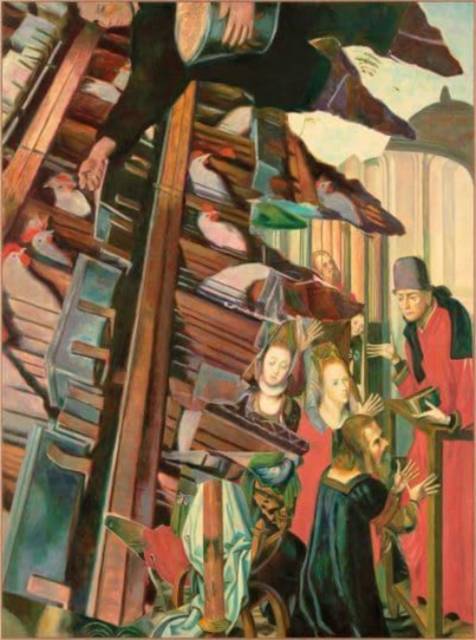
Door een staking bij bpost kan je online bestelling op dit moment iets langer onderweg zijn dan voorzien. Dringend iets nodig? Onze winkels ontvangen jou met open armen!
- Afhalen na 1 uur in een winkel met voorraad
- Gratis thuislevering in België vanaf € 30
- Ruim aanbod met 7 miljoen producten
Door een staking bij bpost kan je online bestelling op dit moment iets langer onderweg zijn dan voorzien. Dringend iets nodig? Onze winkels ontvangen jou met open armen!
- Afhalen na 1 uur in een winkel met voorraad
- Gratis thuislevering in België vanaf € 30
- Ruim aanbod met 7 miljoen producten
Zoeken
Ilya Kabakov: Paintings 2013-2021
Catalogue Raisonné, Vol. IV
€ 73,95
+ 147 punten
Omschrijving
Ilya Kabakov (*1933) is one of the former Soviet Union's most important and influential international artists today. After the two-volume catalogue raisonné of paintings (2008) and 2017's catalogue raisonné of installations, we are now publishing a complete overview of Kabakov's recent paintings. Different ideas, phases, and styles unfold across the 350 works of art, but the artist's inimitable signature can always be recognized. Visual themes include, for example, the color white, the relationship between complete and incomplete, and the combination of either various styles or of painting and photography. Still, all of the pieces have one thing in common: they all pursue a conceptual approach and make references to art history.
Specificaties
Betrokkenen
- Uitgeverij:
Inhoud
- Aantal bladzijden:
- 304
- Taal:
- Engels
- Reeks:
Eigenschappen
- Productcode (EAN):
- 9783735607867
- Verschijningsdatum:
- 9/10/2023
- Uitvoering:
- Hardcover
- Formaat:
- Linnen over kaft
- Afmetingen:
- 230 mm x 30 mm
- Gewicht:
- 2071 g

Alleen bij Standaard Boekhandel
+ 147 punten op je klantenkaart van Standaard Boekhandel
Beoordelingen
We publiceren alleen reviews die voldoen aan de voorwaarden voor reviews. Bekijk onze voorwaarden voor reviews.










